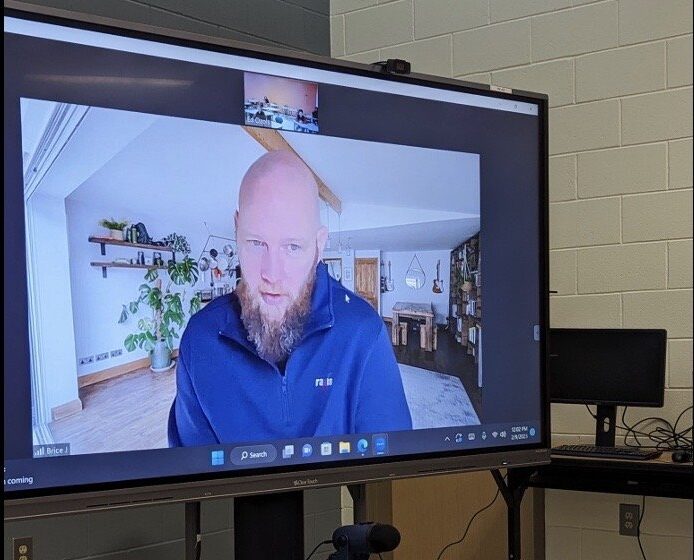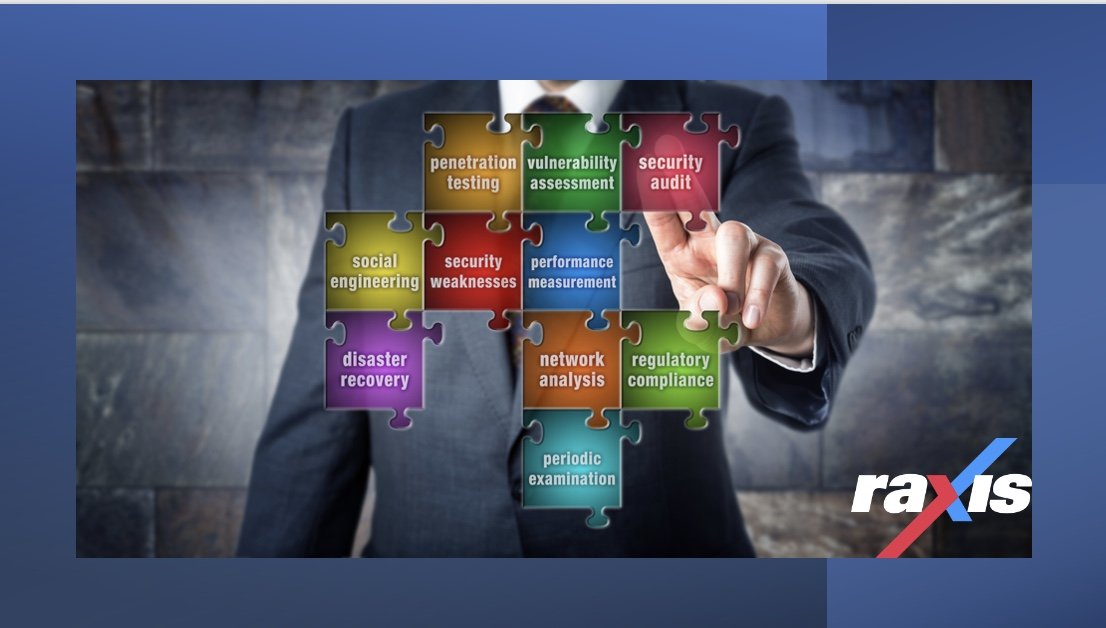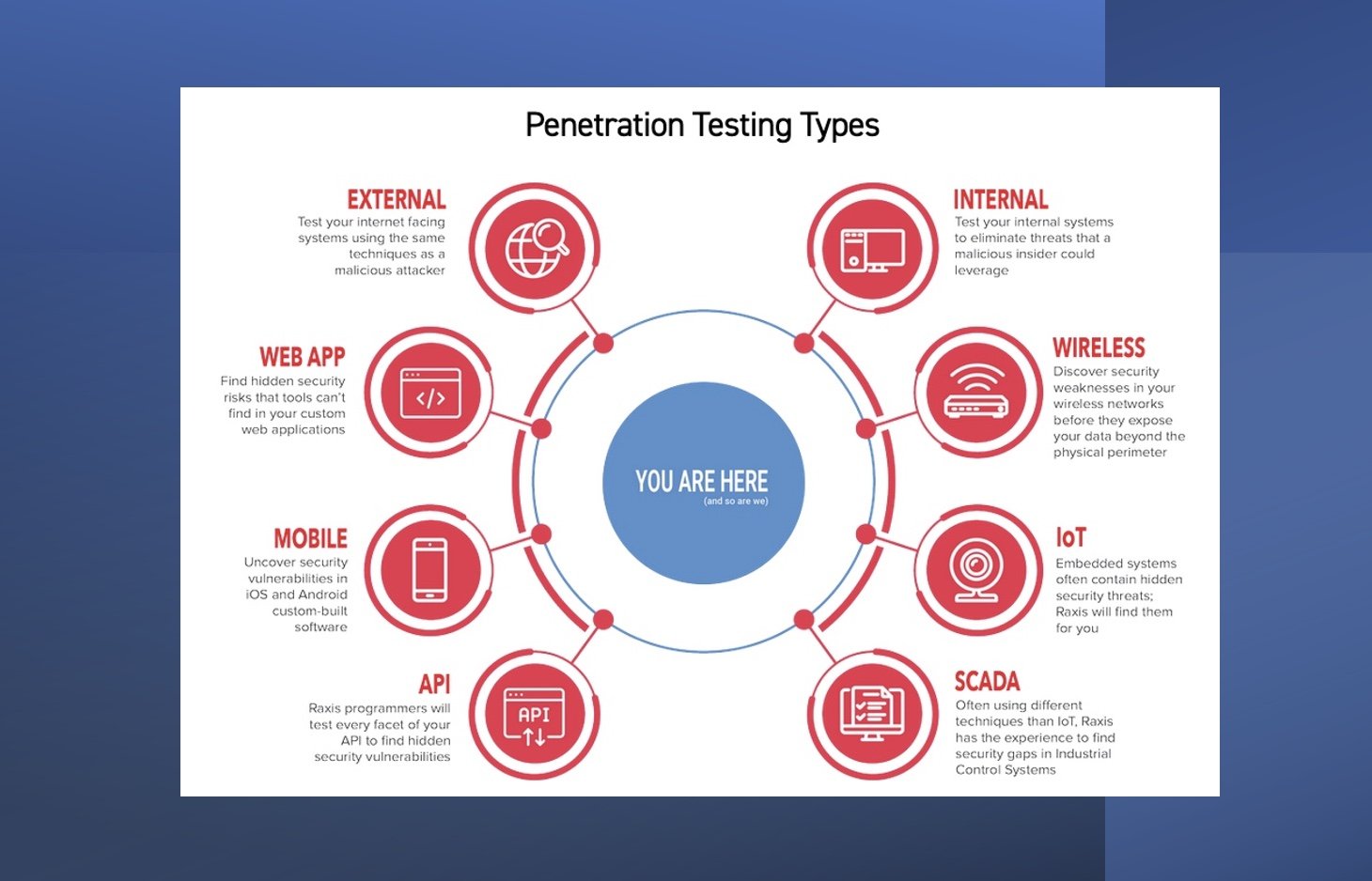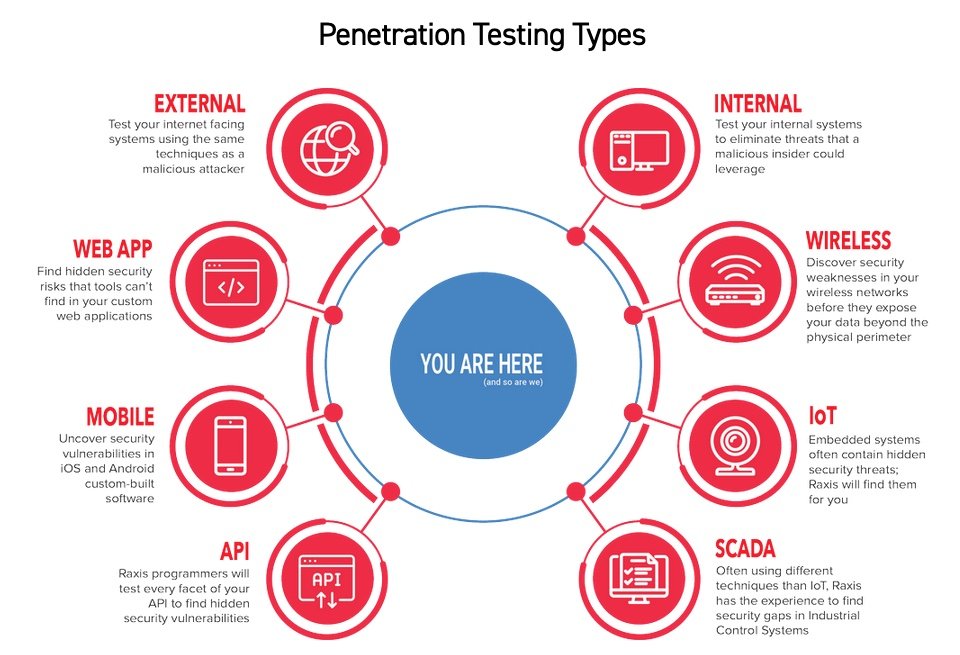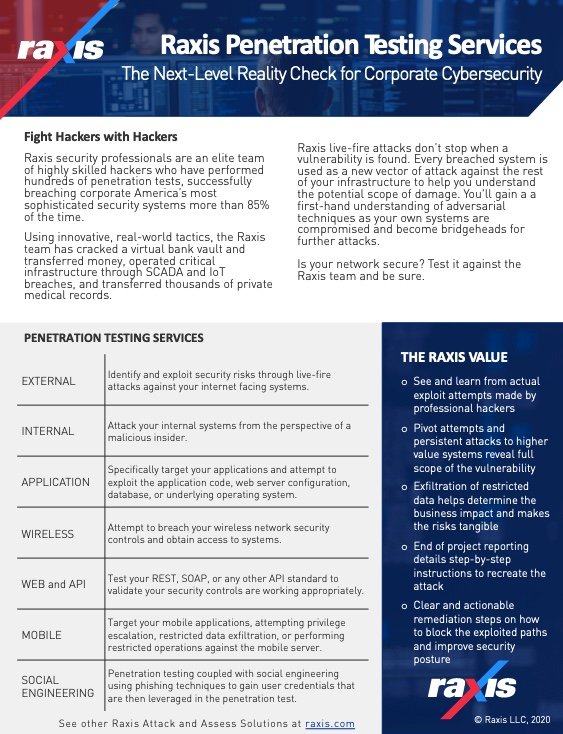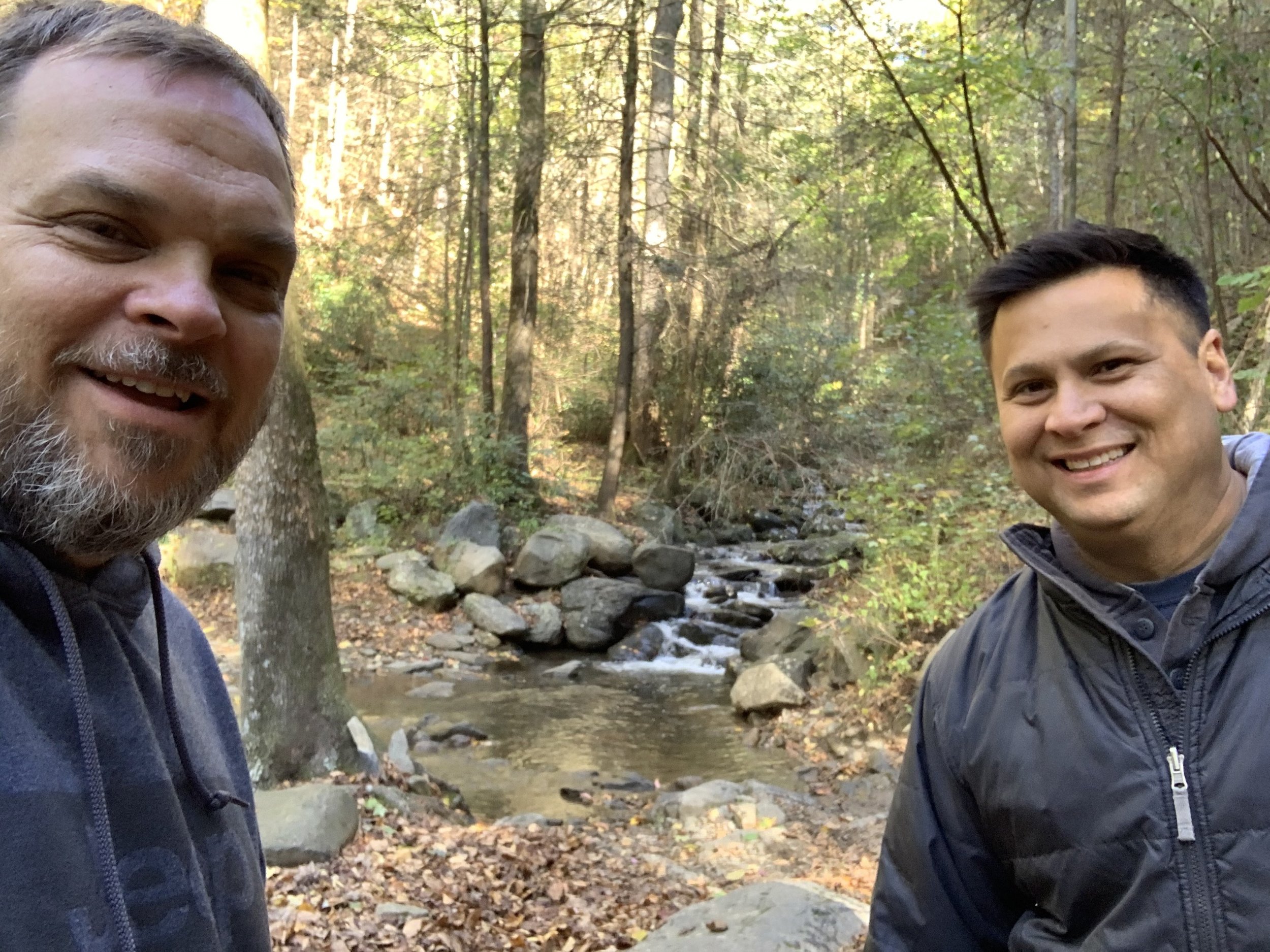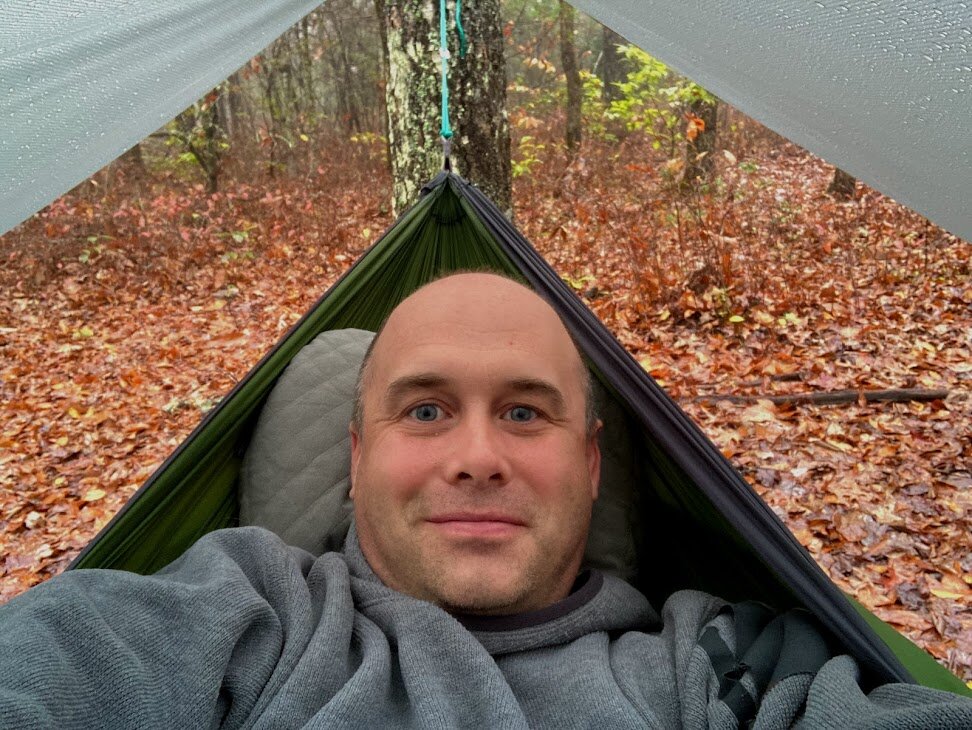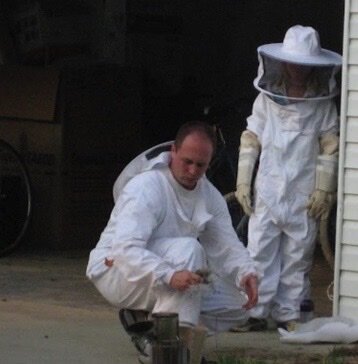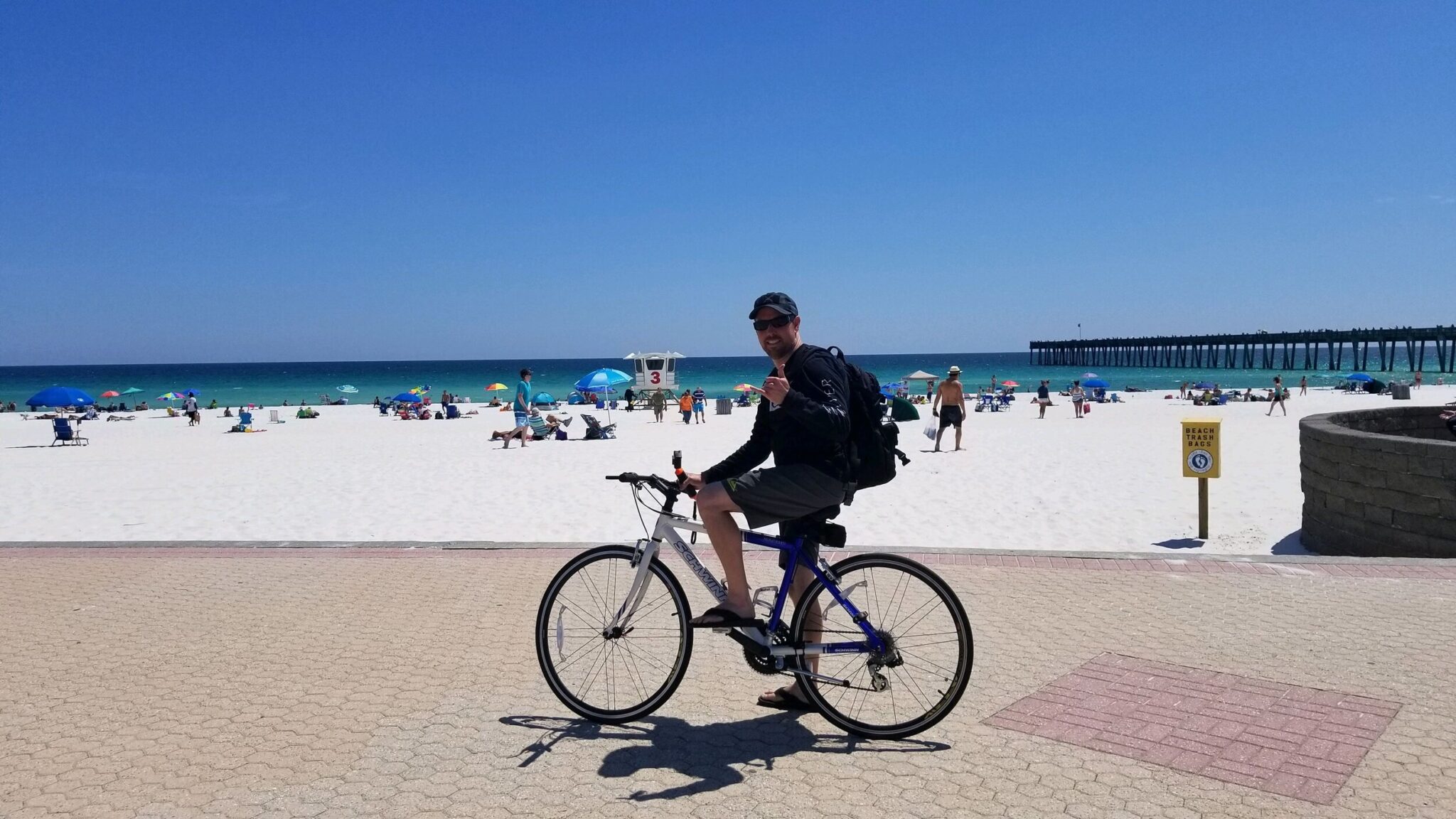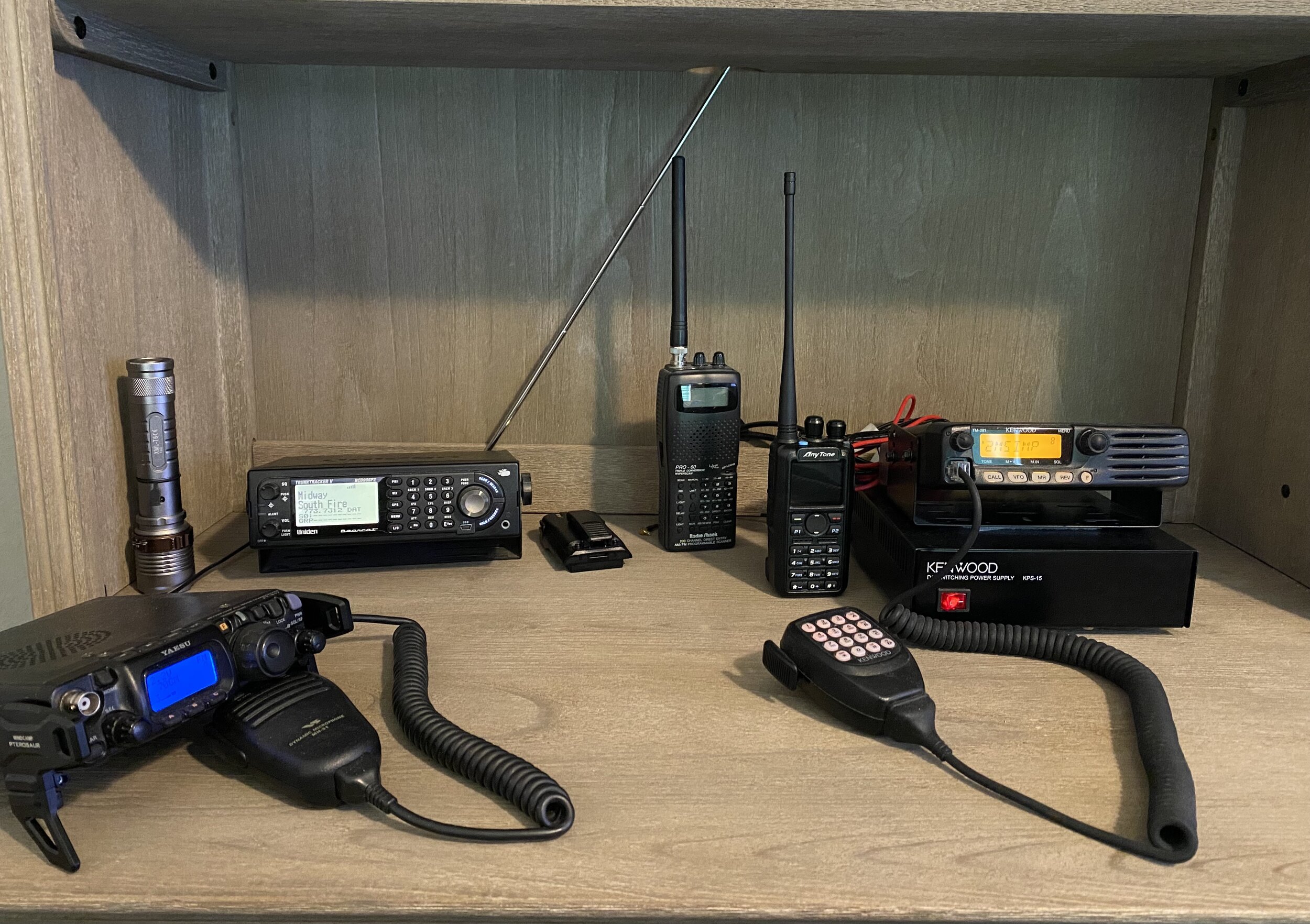In today’s digital landscape, cybersecurity is often misunderstood as a set of restrictive measures that hinder technological progress and user experience. However, this perspective couldn’t be further from the truth. Cybersecurity, when implemented correctly, acts as a powerful enabler that empowers businesses and individuals to leverage technology safely and confidently.
Freedom to Innovate
Cybersecurity provides a secure foundation upon which innovation can flourish. By implementing robust security measures, organizations can explore new technologies and digital transformations without constantly worrying about potential threats. This freedom to innovate allows businesses to stay competitive and adapt to changing market demands.
A strong cybersecurity posture builds trust with customers, partners, and stakeholders. When users know their data is protected, they’re more likely to engage with digital services and share information. This increased trust can lead to better customer relationships, improved brand reputation, and ultimately, business growth.
Contrary to the belief that security measures slow down processes, well-implemented cybersecurity actually streamlines operations. By preventing breaches and downtime, businesses can maintain continuity and focus on core activities rather than dealing with the aftermath of cyber incidents.
Raxis Penetration Testing: A Key Enabler
Raxis, a leader in cybersecurity services, offers penetration testing that exemplifies how security measures can enable rather than restrict. Here are three ways Raxis penetration testing proves beneficial:
- Uncovering Hidden Risks: Raxis penetration testing identifies vulnerabilities that might otherwise go unnoticed. By simulating real-world attacks, businesses can proactively address weaknesses before they can be exploited, enabling them to use technology more confidently.
- Strengthening Security Posture: Through comprehensive testing, Raxis helps organizations strengthen their overall security stance. This improved posture allows businesses to adopt new technologies and expand their digital footprint without compromising on security.
- Demonstrating Value: Raxis’ approach includes data exfiltration demonstrations, which clearly show the potential impact of security gaps. This tangible evidence helps justify cybersecurity investments and enables businesses to allocate resources effectively for maximum protection.
Embracing Cybersecurity as an Enabler
To truly harness the enabling power of cybersecurity, organizations need to shift their mindset. Instead of viewing it as a necessary evil or a set of restrictions, cybersecurity should be seen as a strategic asset that facilitates growth, innovation, and trust.By partnering with experts like Raxis for penetration testing and other cybersecurity services, businesses can create a secure environment that empowers users and drives technological advancement. This proactive approach not only protects against threats but also opens up new opportunities for digital transformation and business success.In conclusion, cybersecurity, when implemented effectively, is not about limiting what people can do with technology. It’s about creating a safe space where individuals and organizations can push boundaries, explore new possibilities, and thrive in the digital age. By embracing cybersecurity as an enabler, we can unlock the full potential of technology while keeping our digital assets and identities secure.
